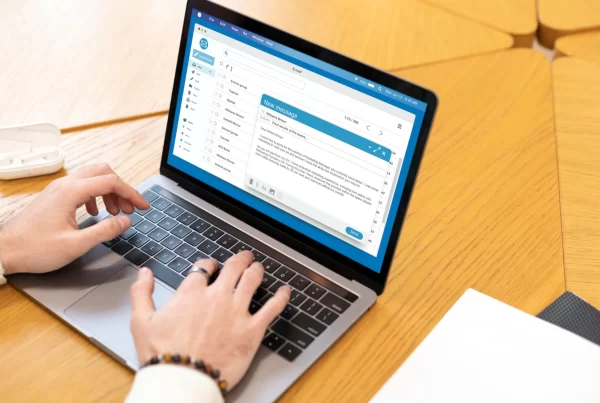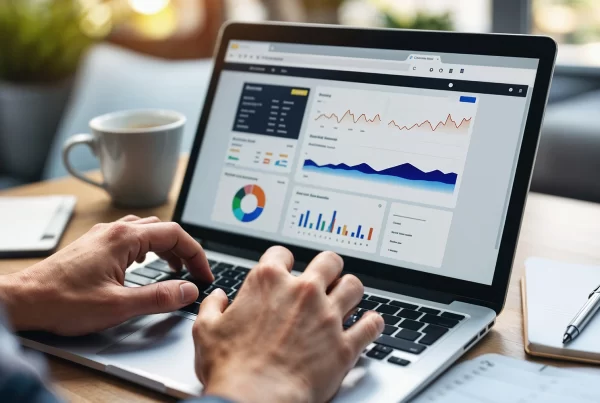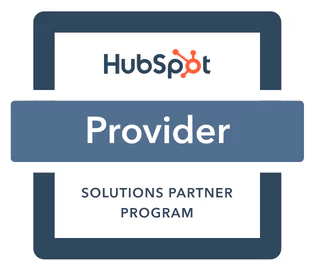
TL;DR
“Most users don’t convert after just one ad click—so why target only the bottom of the funnel?
In 2025, Meta Ads require a full-funnel strategy to build awareness, trust, and customer loyalty.
From TOFU to post-purchase, each stage needs tailored targeting, creative, and KPIs.
Ignoring early- and mid-stage users limits your growth, increases costs, and weakens brand recall.
A full-funnel ad strategy drives better long-term ROAS and repeat customers.”
Table of Content
1. Introduction: Why Meta ads need more than just conversions
2. Understanding the Sales Funnel: TOFU, MOFU, BOFU & beyond
3. Why Focusing Only on Conversions Fails
4. Top of Funnel (TOFU): Build awareness with engaging content
5. Middle of Funnel (MOFU): Nurture interest with valuable info
6. Bottom of Funnel (BOFU): Convert leads into paying customers
7. Post-Funnel Strategy: Retain customers & build loyalty
8. Executing a Full-Funnel Strategy: Budgeting, tracking & optimization
9. Conclusion: Long-term growth comes from full funnel thinking
Introduction
In 2025, Meta ads (on Facebook and Instagram) are still powerful tools for business growth. With advanced targeting and a large user base, they offer great potential. However, many advertisers focus only on getting immediate conversions. They chase quick sales or leads and ignore the bigger picture.
This short-term strategy often fails. Most customers don’t buy right away. To grow your brand and get the best return on ad spend (ROAS), you need to guide users through their full journey. This means creating a complete funnel strategy that builds awareness, trust, conversions, and loyalty.
Understanding the Sales Funnel
The sales funnel shows the path people take from discovering your brand to becoming loyal buyers. In Meta ads, the funnel usually includes:
- Top of Funnel (TOFU) – Awareness: Reaching new people who don’t know your brand but may be interested.
- Middle of Funnel (MOFU) – Consideration: Engaging those who showed interest (watched a video, visited your site).
- Bottom of Funnel (BOFU) – Conversion: Targeting people ready to buy (added to cart, started checkout).
- Post-Funnel – Loyalty: Keeping customers happy so they come back and promote your brand.
Why Focusing Only on Conversions Doesn’t Work
Many advertisers only target BOFU audiences. This is a mistake because:
- 1. You miss out on new potential customers.
- 2. Your audience becomes too small and gets tired of seeing the same ads.
- 3. Costs go up because fewer people are converting.
- 4. You don’t build a strong brand.
- 5. People who aren’t ready to buy right away are ignored.
To see long-term results, you need to build relationships at every stage of the funnel.
Top of Funnel (TOFU): Build Awareness
Goal: Reach new people who may be interested in what you offer.
- Audience: Use interest-based targeting, demographics, and lookalike audiences.
- Ad Types: Use eye-catching video ads, images, or story-based content.
- Content: Focus on education, entertainment, or raising awareness. Don’t sell too hard.
- Metrics: Track reach, impressions, video views, and ad recall.
Middle of Funnel (MOFU): Build Interest
Goal: Engage people who already showed some interest.
- Audience: Retarget video viewers, website visitors, or page engagers.
- Ad Goals: Drive traffic, generate leads, or increase engagement.
- Ad Types: Use carousel ads, lead forms, video explainers, or success stories.
- Content: Show benefits, features, reviews, or downloadable resources.
- Metrics: Watch clicks, landing page views, leads, and cost per lead (CPL).
Bottom of Funnel (BOFU): Drive Sales
Goal: Convert people who are ready to buy.
- Audience: Retarget people who visited product pages, added items to their cart, or spent time on your site.
- Ad Goals: Focus on conversions or catalog sales.
- Ad Types: Use dynamic product ads, collections, or carousels.
- Content: Highlight offers, show urgency, and include strong calls-to-action (CTA).
- Metrics: Track conversions, CPA (cost per acquisition), ROAS, and conversion rate.
Post-Funnel: Keep Customers and Build Loyalty
Getting a customer is great, but keeping them is better. Loyal customers often spend more and recommend your brand.
- Audience: Segment past buyers based on what they bought or how often.
- Ads: Promote add-ons, new products, special offers, or reorder reminders.
- Encourage Sharing: Ask for reviews, promote referral programs, and support user-generated content.
Putting It All Together: A Full-Funnel Strategy
To succeed, you need to manage your ad strategy across all funnel stages.
- Budget: Start with something like 20% TOFU, 40% MOFU, and 40% BOFU. Adjust based on what works.
- Audience Setup: Use the Meta Pixel, Conversions API, and custom/lookalike audiences to track and retarget users effectively.
- Measure Everything: Track KPIs for each stage. Don’t judge TOFU by sales—look at reach and awareness.
Conclusion
In 2025, Meta ads can do much more than drive clicks. By using a full-funnel approach, you guide people from discovery to purchase and beyond. This method increases conversions, boosts return on ad spend, and builds strong, lasting customer relationships. Don’t just aim for quick wins—build a system that grows your business for the long term.










